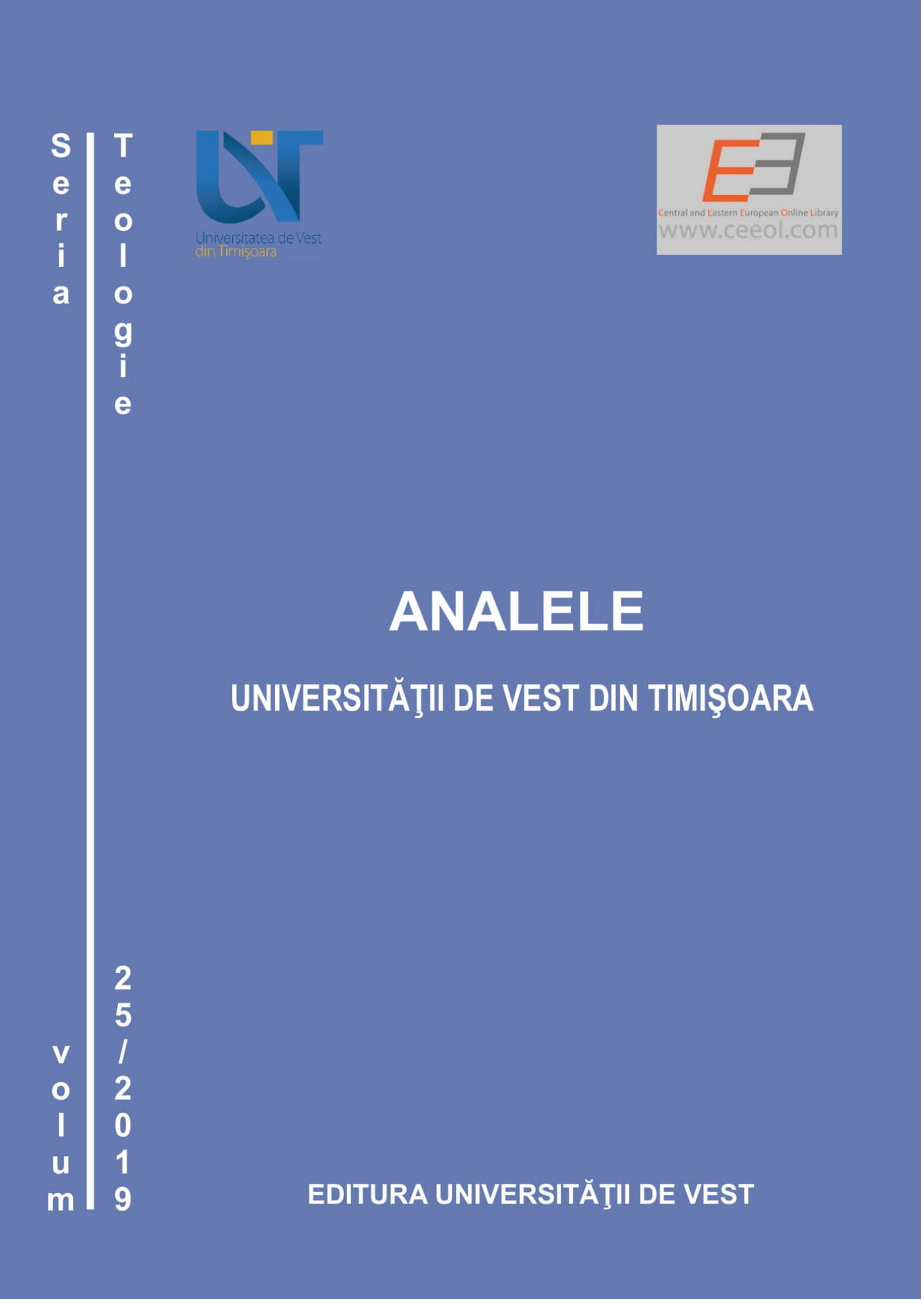Papirusul Nash şi Ketef Hinnom - cele mai vechi documente biblice, implicaţii exegetice
The Nash Papyrus and Ketef Hinnom - the oldest biblical documents, exegetical implications
Author(s): Constantin JingaSubject(s): Biblical studies, Eastern Orthodoxy
Published by: Editura Universităţii de Vest din Timişoara
Keywords: textual criticism; manuscripts; biblical archaeology; history of the Hebrew Bible; Decalogue; Shema Israel; priestly blessing; post modern hermeneutics;
Summary/Abstract: In this article, the author presents and analyzes two biblical documents of utmost importance for the textual criticism of the Old Testament. The Nash Papyrus and the Ketef Hinnom scrolls are described, the author is discussing the problem of their dating, and the texts of the two documents are offered into Romanian, in parallel with the corresponding biblical texts. The opinions of specialists who have dealt with the study of these documents are summarised. Finally, the author highlights the implications of these documents for the history of the Old Testament. In the same time, the article is drawing attention to the fact that the documents are coming from an age when biblical contents and messages were transmitted and disseminated by various means, in a time when there was no Bible, understood as a book, as we do understand it today. The Nash Papyrus and the silver scrolls from Ketef Hinnom are important not only as the oldest manuscripts of the Old Testament, but also for the hermeneutical outlook they are part of. And this can be such a good lesson for us, today.
Journal: Analele Universității de Vest din Timișoara. Seria Teologie
- Issue Year: 2019
- Issue No: 25
- Page Range: 5-18
- Page Count: 14
- Language: Romanian

